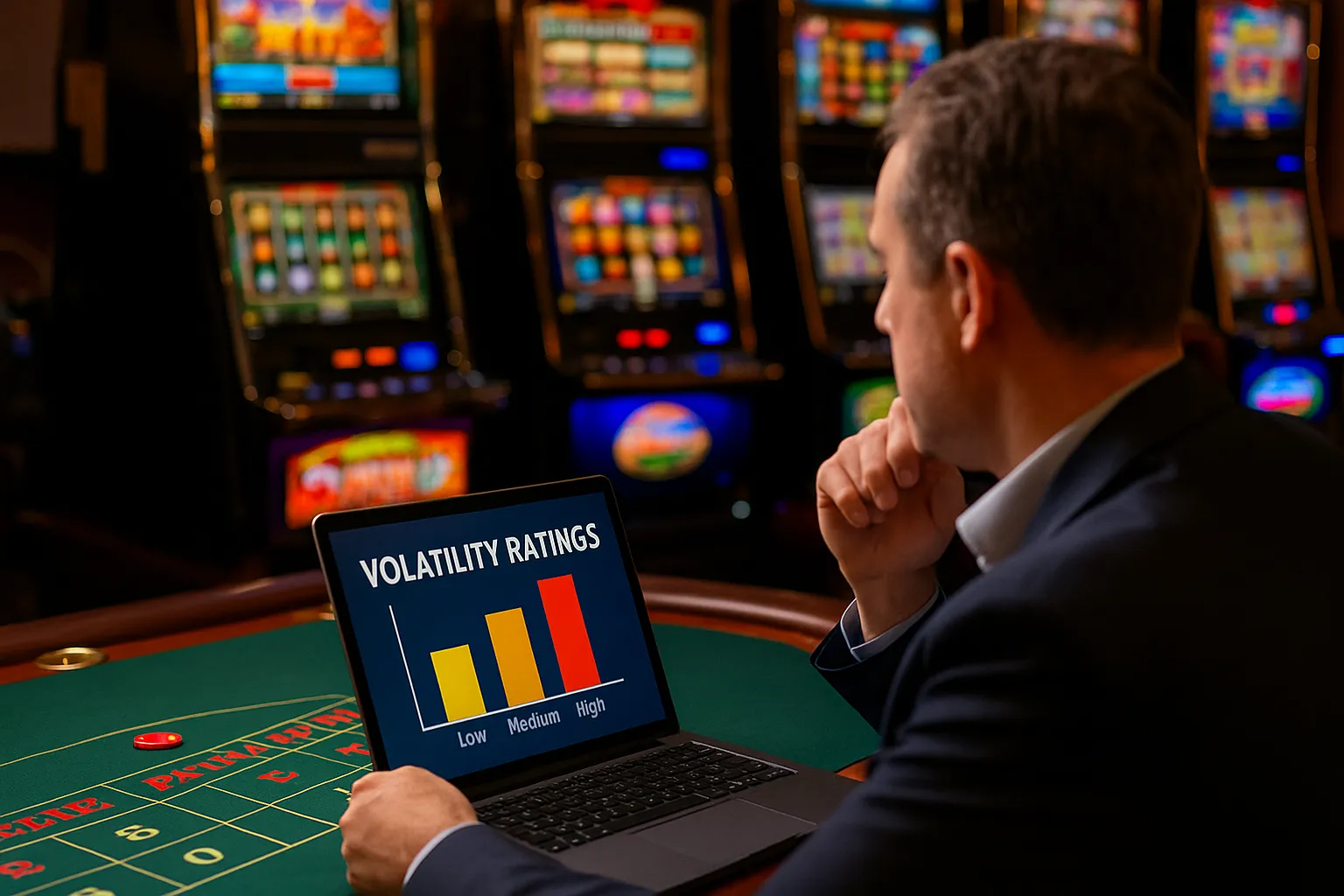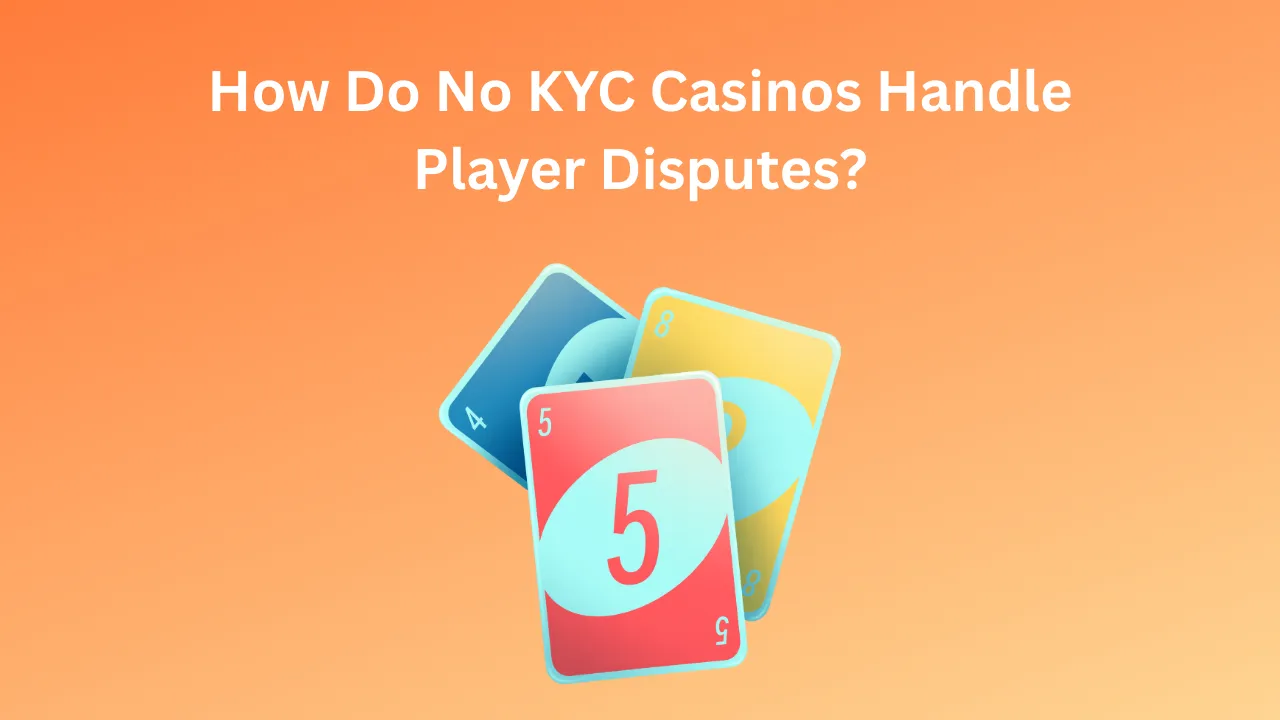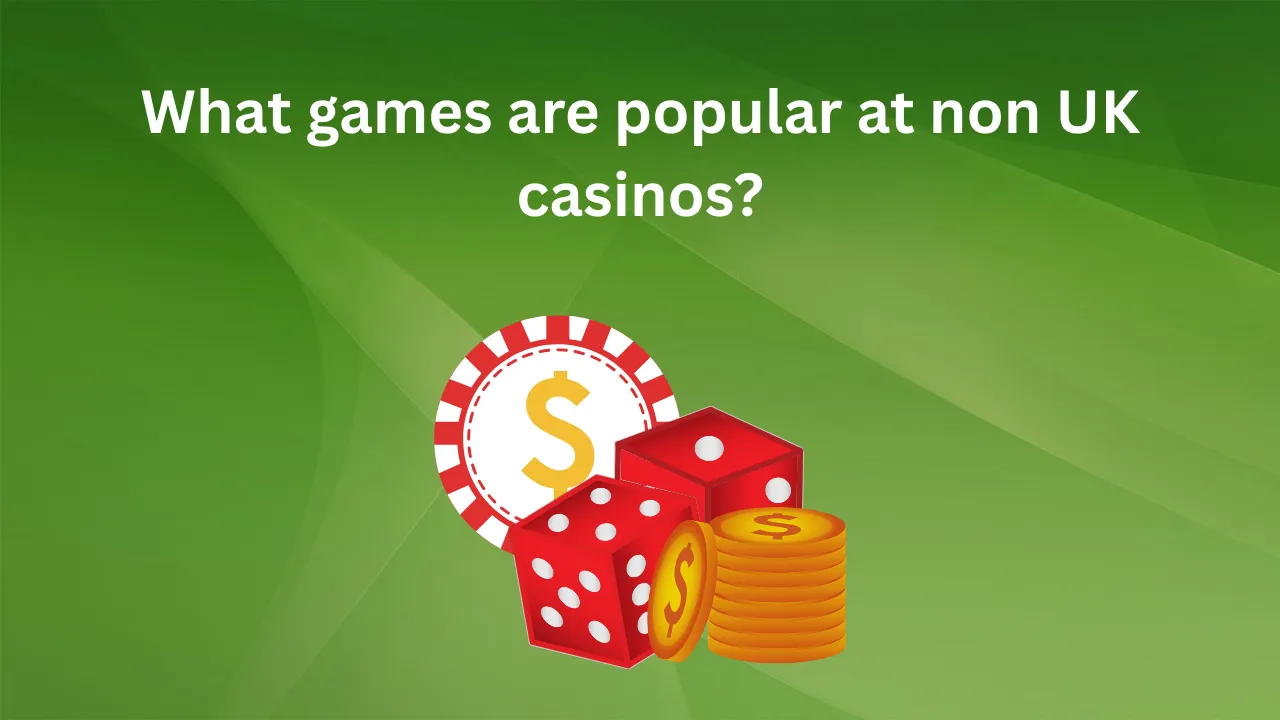Understanding slot machine volatility is like learning to read a weather forecast before going on a hike. Just as knowing the chance of rain or sunshine helps you plan, grasping volatility ratings lets you choose games that fit your bankroll, mood, and goals. In this article, I’ll unpack what volatility ratings mean, how they’re measured, and why they matter—drawing on my own experiences at both online and land-based casinos.
The Basics of Volatility Ratings
Volatility ratings (also called variance) describe how often a slot pays out and the typical size of those payouts. Think of volatility as a spectrum from “steady drizzle” to “thunderstorm.”
Low, Medium, and High Volatility
Low Volatility: Frequent, smaller wins that keep the balance ticking up. Perfect if you enjoy long sessions without big swings.
Medium Volatility: A middle ground with a blend of regular minor wins and occasional larger payouts.
High Volatility: Rare but potentially huge wins. You might go stretches without hitting much, but when you do, payouts can be significant.
How Volatility Is Determined
Volatility isn’t arbitrary; it’s rooted in how a game’s reels and paytable are configured.
Reel Configuration and Paylines
Slots with many paylines and clustered high-value symbols tend to be lower in volatility, as they create more frequent winning combinations. Conversely, games with fewer paylines but higher-paying symbols usually rank higher on the volatility scale.
Return to Player (RTP) vs. Volatility
While RTP indicates the theoretical percentage of wagers returned over time, volatility shows the predictability and size of those returns. A slot might have a competitive RTP but still deliver erratic payouts if its volatility is high.
Interpreting Volatility Ratings in Practice
Knowing a slot’s volatility rating can shape your strategy and enjoyment.
Bankroll Management
With low-volatility games, you can play longer on a modest budget and maintain engagement through regular small wins. High-volatility slots require a larger bankroll or shorter play sessions to weather dry spells.
Session Goals and Psychology
If you’re chasing adrenaline and big jackpots, high-volatility slots can deliver that thrill. If you prefer relaxation and steady action, low-volatility options keep the mood light and suspense consistent.
Volatility and Platform Choice
Just as volatility varies across games, platform features can enhance or deter your experience.
Specialized Sites and Responsible Play
Some players seek out non GamStop casinos to access higher-risk, high-volatility titles not available on mainstream sites. Exploring these options responsibly is crucial—be aware of licensing, fairness, and support resources. If you’re considering non GamStop casinos, a useful first stop for guidance can be found at non GamStop casinos.
Fairness, Licensing, and Player Protection
Legitimate platforms publish volatility ratings alongside RTP and licensing information. Look for sites regulated by respected authorities, and check for clear disclosures on gameplay mechanics and responsible gambling tools.
Real-World Examples of Volatility in Action
Putting theory into practice highlights why volatility matters.
Case Study: “Lucky Penny Lane” (Low Volatility)
In this game, players enjoy a steady trickle of small wins—often matching two or three symbols on 20+ paylines. My sessions here rarely dip too low, making it a go-to after work when I want a relaxing unwind.
Case Study: “Dragon’s Fury” (High Volatility)
Here, winning combinations are sparse, but bonus features can trigger jackpot-sized payouts. I once risked a weekend bankroll for a chance at the top prize—and hit it, walking away with a sum that turned heads. It was exhilarating, but I only played with money I could afford to lose.
Tips for Choosing Your Volatility Level
Selecting the right volatility rating is part of crafting a satisfying casino experience.
Match Volatility to Your Mood
Feeling cautious? Opt for low volatility. Looking for a rush? Go high. Medium volatility is a safe default when you can’t decide.
Test with Demo Modes
Most online casinos offer demo play, allowing you to feel a game’s rhythm without risking real funds. Use these trials to gauge how a game’s volatility fits your style.
Future Trends: Volatility Ratings and Innovation
As the industry evolves, so do how we understand and apply volatility.
Dynamic Volatility Systems
Emerging titles experiment with adjustable volatility levels—letting players shift between modes mid-session. This personalization can optimize both thrill-seekers’ hunts and cautious players’ steady gains.
Integrating Analytics for Personalized Play
Leveraging data analytics, future platforms may recommend games based on your play history, preferred volatility, and session length, tailoring experiences that maximize enjoyment while keeping risks transparent.
Choosing the right volatility rating isn’t about chasing big wins blindly or avoiding risk altogether—it’s about aligning games with your budget, goals, and comfort level. Armed with this understanding, you’ll make smarter bets and enjoy a more satisfying casino journey, whether you’re spinning reels on your phone or hitting the floor of a glitzy casino.








